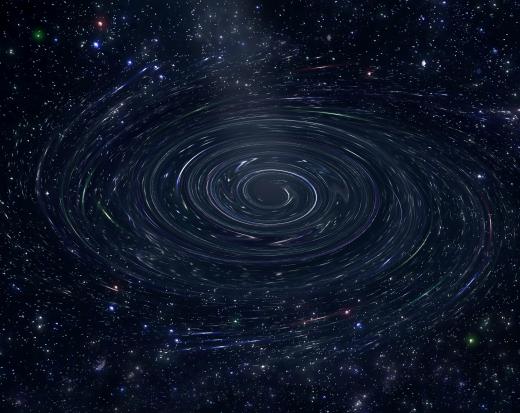What is Photodisintegration?
 Michael Anissimov
Michael Anissimov
Photodisintegration is a physical process that occurs when gamma rays with massive energies strike an atomic nucleus and split it apart. Out of the entire electromagnetic spectrum, gamma rays are the most energetic, and also have the shortest wavelength, the size of an atomic nucleus or less.
Photodisintegration causes nuclear fission, the breakage of atomic nuclei. This is the same mechanism that causes chain reactions in nuclear reactors and nuclear bombs. For elements lighter than iron, the reaction consumes energy, and for elements heavier, it releases it. Elements lighter than iron require more energy to break apart than is released from that breakage. Energy generated by photodisintegration derives from the strong nuclear force which holds the particles in the atomic nucleus together.

The process of photodisintegration is a major factor in supernovae involving stars with 250 or greater solar masses, like the primordial Population III stars which were the first to light up the universe. In a collapsing supermassive star, the temperature at the center is so great that gamma rays capable of photodisintegration are produced. Because the vast majority of elements at the core of such a star are lighter than iron, the reaction absorbs energy, decreasing pressure in the center of the star and causing it to collapse into a black hole.
At lower — but still extremely high — energies, photodisintegration merely knocks off one or two protons or neutrons from the nucleus. At higher energies, the entire nucleus splits apart, but greater and greater energies are necessary to split apart smaller nuclei.
Photodisintegration has not been studied by scientists in a laboratory context because the energies required to initiate it are too extreme. Maybe in the distance future we will build an experimental apparatus that allows the closer study of photodisintegration, but until then, theoretical studies seem to be sufficient.
AS FEATURED ON:
AS FEATURED ON:











Discuss this Article
Post your comments